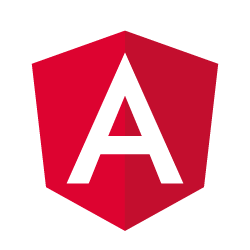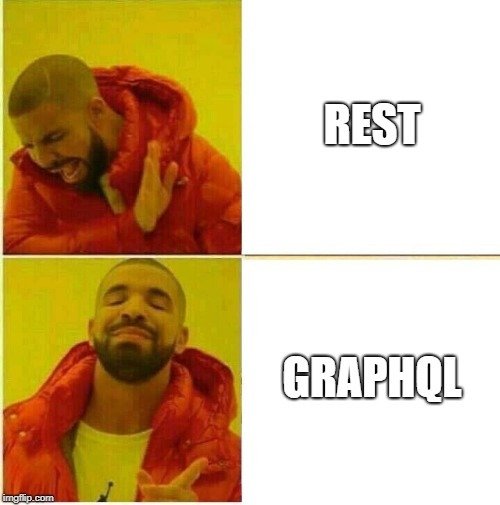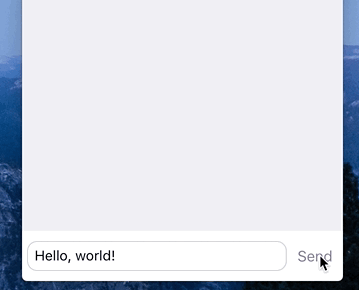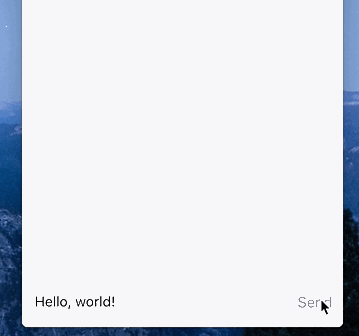Introduction to GraphQL, Apollo + Angular




Sylwia Laskowska

GraphQL was developed internally by Facebook in 2012 before being publicly released in 2015.
GraphQL was released as a specification.
GraphQL is a query language that provides a common interface between the server and the client for fetching and manipulating data

REST
Multiple endpoints
/users
/users/<id>
/addUser
/editUser/<id>
/deleteUser/<id>
...
GraphQL
/api

Build a schema
Schema Definition Language (SDL)
type User {
id: ID!
name: String!
age: Int
friends: [Friend!]!
}A GraphQL schema is at the center of any GraphQL server implementation and describes te functionality available to the clients which connect to it. The core building block within a schema is the Type.
Queries
Every GraphQL service has a query type
type Query {
users: [User]
user(id: ID!): User
}query {
users {
id
name
}
user(id: "1234") {
id
name
friends {
name
}
}
}Sample schema
Sample query
The most powerful feature of GraphQL
Mutations
Make changes on your server
type Mutation {
addUser(name: String!, description: String!): User
editUser(id: ID!, description: String): User
}mutation {
editUser(id: "1234", description: "Some desc") {
id
name
}
}Sample schema
Sample mutation
Apollo Client
Simply to get started with
Small and flexible
Incrementally adaptable
Caching, optimistic UI, subscriptions support and more

Getting started
Installation with Angular Schematics:
ng add apollo-angular
Installation without Angular Schematics:
apollo-client
apollo-angular
apollo-cache-inmemory
apollo-link
apollo-angular-link-http
graphql
graphql-tag
Basic query
import gql from 'graphql-tag';
export const SINGLE_CAT_QUERY = gql`
query GetOneCat($catId: ID!) {
cat(id: $catId) {
id
name
description
photoUrl
color
likes
}
}
`;this.apollo.watchQuery({
query: SINGLE_CAT_QUERY,
variables: {
catId: id
}
}).valueChanges.subscribe(({ data }) => {
this.cat = data.cat;
});Basic mutation
import gql from 'graphql-tag';
export const ADD_CAT_MUTATION = gql`
mutation AddNewCat($name: String!) {
addCat(name: $name) {
id
name
}
}
`;this.apollo.mutate({
mutation: ADD_CAT_MUTATION,
variables: {
name: catFormValue.name
}
}).subscribe();Optimistic UI


Non-optimistic vs optimistic UI
optimisticResponse: {
incrementLikes: {
id: this.cat.id,
likes: this.cat.likes++,
__typename: 'Mutation'
}
}Credit: Igor Mandrigin
Thank you!
Link to app: